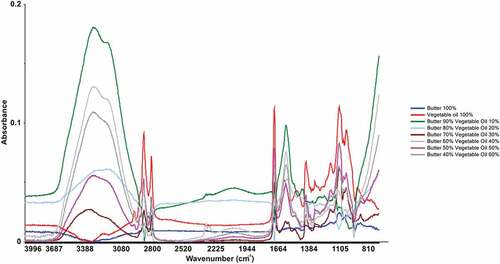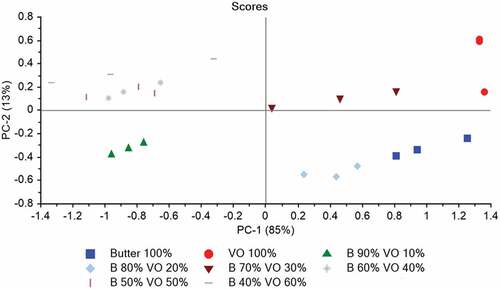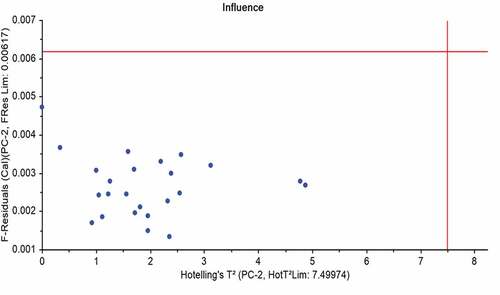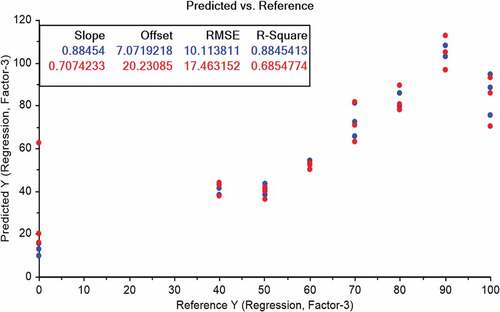Figures & data
Table 1. Study plan for adulteration of vegetable oil in butter.
Table 2. AST and color test results of butter with different levels of vegetable oil adulteration.
Figure 1. Typical FTIR spectra for butter (100%), vegetable oil (100%), and adulterated butter samples with different levels of vegetable oil.

Figure 3. PCA similarity map defined by PC1 and PC2 for the FTIR spectra of butter, vegetable oil, and adulterated samples (VO: Vegetable Oil, B: Butter).




